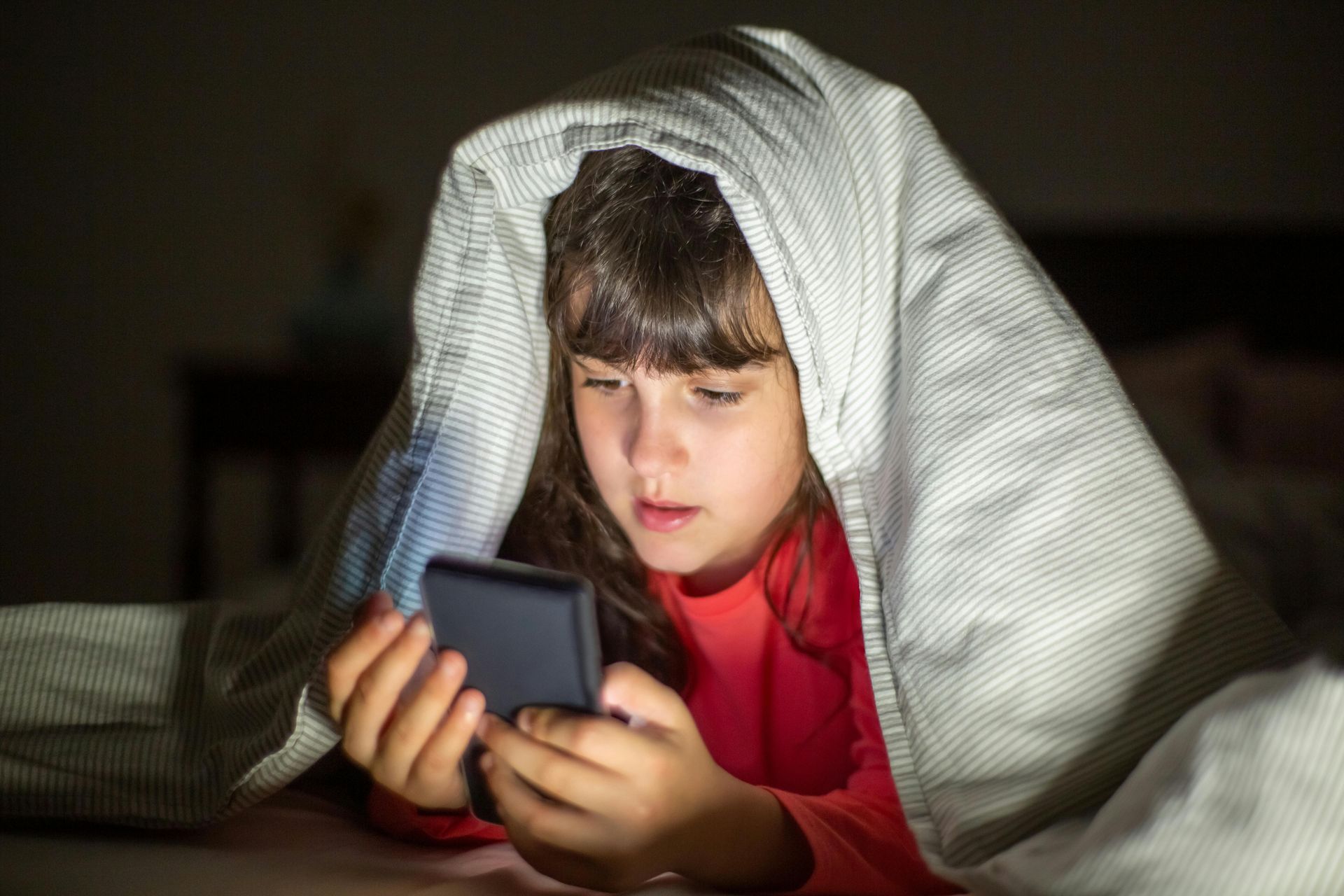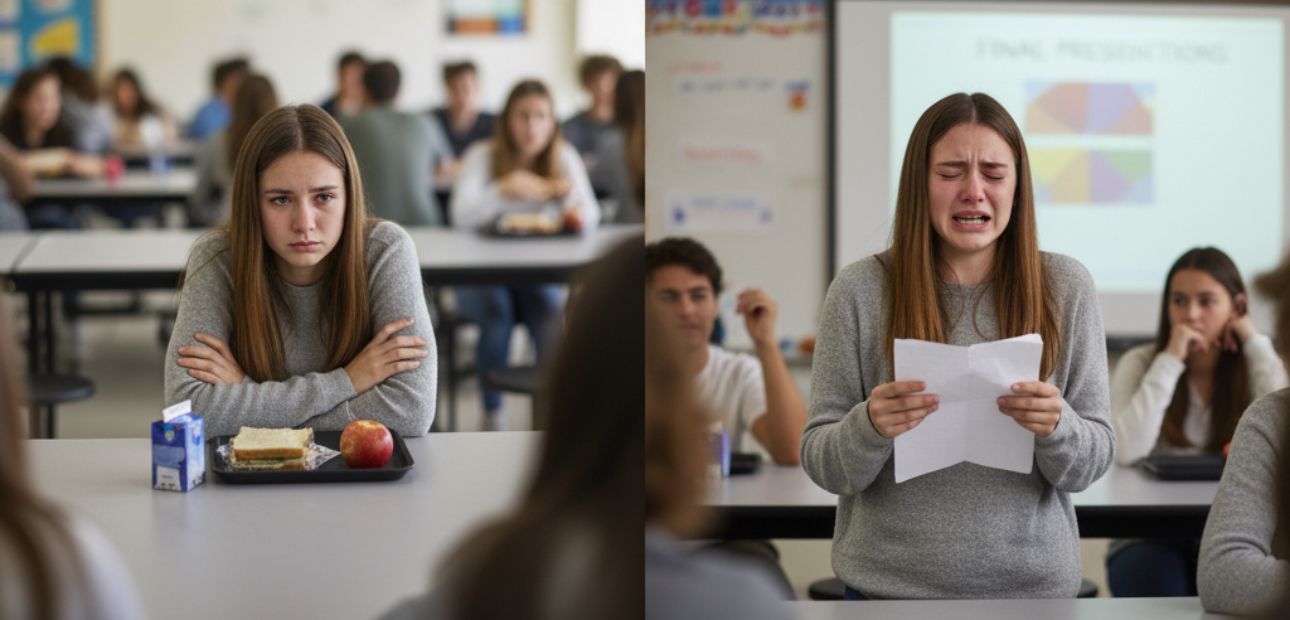Functional ADHD: Diagnosis Du Jour
Feeling like you are "a little bit ADHD"? Let us look into this most recent trend.

Screen Time Contributes to Functional ADHD
In today’s digital world, screen time is nearly unavoidable—especially for children and teens. From educational apps to gaming, social media, and streaming, screens are deeply woven into our daily lives. While some screen time can be beneficial, an over-reliance on digital media—especially fast-paced, reward-heavy content—can condition the brain in powerful ways, shaping how we think, feel, and behave.
The connection between screen time and functional ADHD is a growing concern in clinical neuropsychology, especially as we observe more children and adolescents presenting with attention difficulties that mimic or exacerbate ADHD symptoms—without necessarily meeting criteria for a formal diagnosis. This phenomenon is sometimes referred to as "functional ADHD" or screen-induced attentional dysregulation.
1. Screens Condition the Brain to Expect Rapid, Frequent Rewards
Many digital platforms use variable-ratio reinforcement schedules, where rewards (likes, wins, notifications, etc.) come unpredictably. This pattern is extremely effective at activating the brain's dopaminergic system, particularly the mesolimbic pathway.
- Result: The brain becomes trained to seek fast gratification.
- Functional ADHD effect: Difficulty engaging with slow-paced, effortful tasks like reading or sustained writing—because these tasks don’t offer the same quick dopamine "hits."
2. Constant Switching Weakens Sustained Attention
Apps and games often involve rapid task-switching: moving between screens, tabs, or levels. Even when multitasking (e.g., watching a show while texting), the brain is in a state of continuous partial attention.
- Result: Reduced capacity for sustained, focused attention.
- Functional ADHD effect: Appears distracted, bored easily, jumps from task to task, much like someone with inattentive ADHD.
3. Overstimulation of the Nervous System
Excessive screen use—especially in the evening—can increase sympathetic nervous system arousal (fight-or-flight mode) and suppress melatonin, impairing sleep and emotional regulation.
- Result: The nervous system becomes more reactive, "jumpy," and easily overwhelmed.
- Functional ADHD effect: Heightened impulsivity, restlessness, emotional dysregulation—core features of ADHD.
4. Erosion of Boredom Tolerance
Screen time fills moments that used to involve unstructured play, boredom, or daydreaming—critical for developing executive functioning and self-directed thought.
- Result: Low frustration tolerance, difficulty initiating or sticking with tasks.
- Functional ADHD effect: Appears unmotivated, avoidant, or emotionally reactive during non-preferred tasks.
How Functional ADHD Differs from Clinical ADHD
Functional ADHD (Screen-Related)Clinical ADHD (Neurodevelopmental)Symptoms may improve with reduced screen timeSymptoms persist across settings regardless of screen exposureOften emerges later (e.g., after years of heavy digital use)Typically present before age 12Strong environmental influence (screens, overstimulation)Strong genetic and neurobiological basisOften co-occurs with sleep deprivation or anxietyOften co-occurs with learning or mood disorders
Bottom Line:
Screen time doesn’t cause ADHD—but it can create a functional profile that closely resembles it, especially when screen use is high, unstructured, and dominates a child’s day. In some kids with ADHD, it can worsen symptoms. In others, it may create temporary attentional dysregulation that improves with environmental changes (e.g., screen limits, more outdoor play, structured routines).
So What Can Parents and Educators Do?
- Set clear boundaries for recreational screen time, especially before bed.
- Encourage activities that promote slow, sustained attention, like reading, puzzles, or outdoor play.
- Help children learn to tolerate boredom—it’s actually a critical developmental skill!
- Consider screen fasts or detox periods if signs of dysregulation appear.
- Model balanced screen use as adults. Kids notice what we do more than what we say.
While we can’t eliminate screens from modern life, we can make mindful, informed decisions about how and when we use them. The goal isn’t perfection—it’s balance, awareness, and supporting healthy brain development in a world full of digital noise.
Reach out to us for more detailed recommendations and individual coaching to overcome "screen-induced ADHD"



